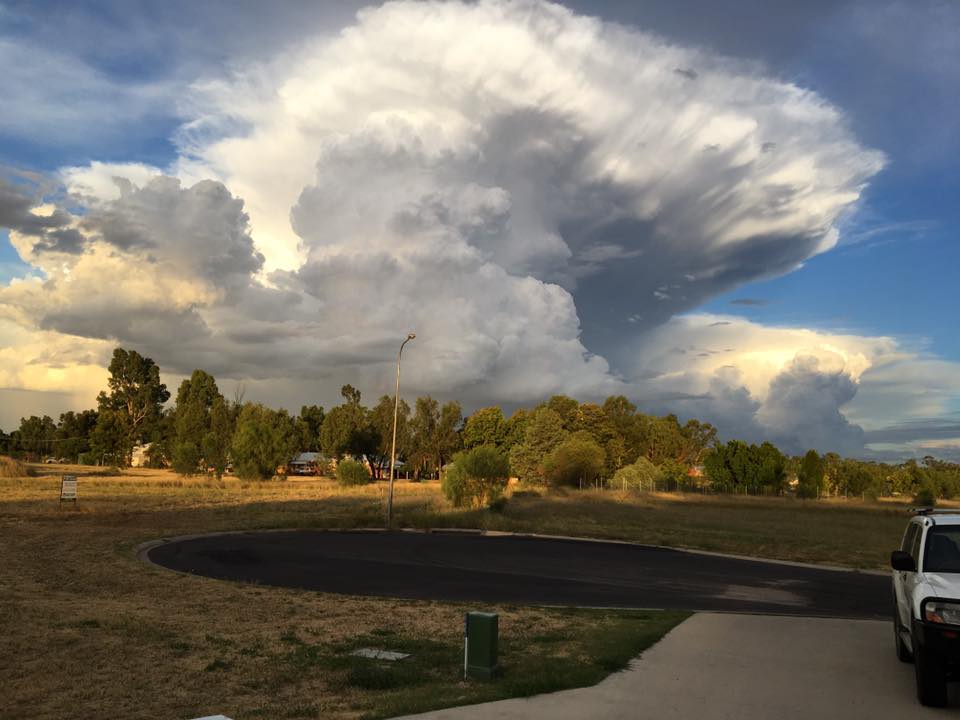
For the birds it was probably a pleasant evening for flying. This photo offers an unusual perspective as we look toward the storm from under the anvil.īy the way, can you locate two birds in this photo? Despite the storm in the distance it was rather quiet under the anvil. Look for thunderstorms with anvils during the warm season when thunderstorms are common in many parts of the country. It gets that name because from a distance the cloud looks much like a blacksmith’s anvil. The storm’s vertical column rises from near the horizon almost straight up to the storm top where winds aloft spread the cloud into a long layer - called the anvil. Some are higher than 50,000 feet.Īs you look at the photo try to think in three dimensions. Many anvils range from 30,000 feet and higher.

How high is the anvil? This one was no more than 20,000 to 25,000 feet above the ground. Cloud Types Low Level Clouds Stratus Cumulus nimbus Cumulus Clouds, Fair Weather Clouds Stratus Cumulus Shelf Clouds Wall Clouds Scud or Fractus Clouds. The anvil is the outflow at the top of a thunderstorm being blown downstream by winds aloft. A cumulonimbus incus from Latin incus anvil, also called an anvil cloud, is a cumulonimbus cloud that has reached the level of stratospheric stability and. Coming straight at us is the storm’s anvil - a long flat cloud that is spreading from the distant storm top over our heads.

The base of the storm is over the horizon.

The bottom of a thunderstorm is located in the distance near the horizon. This is not a bad place to be - for the moment. The tops of cumulonimbus clouds can, in extreme cases, grow to a height of 75,000 feet If you ever see a cumulus cloud with an anvil top, watch out. Photo Copyright 2019 by Weather Briefing, LLC


 0 kommentar(er)
0 kommentar(er)
